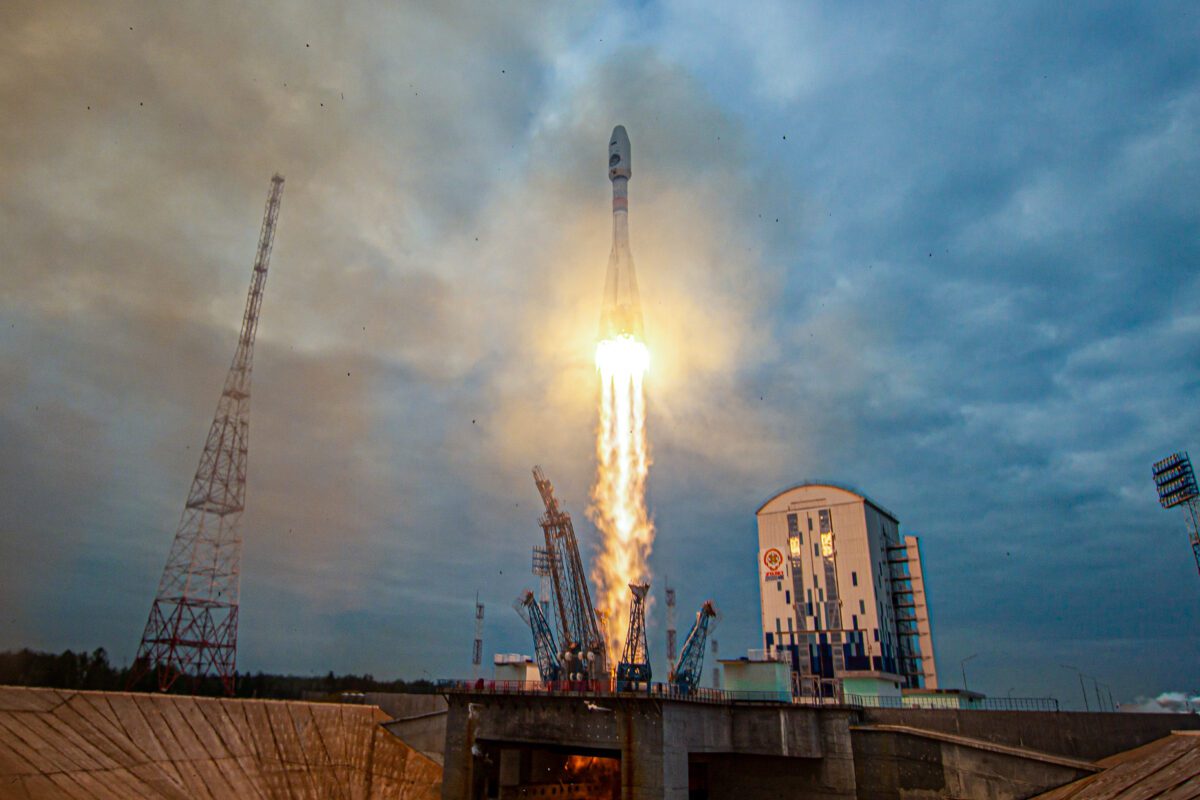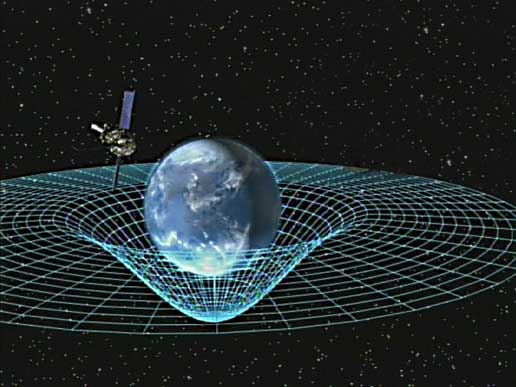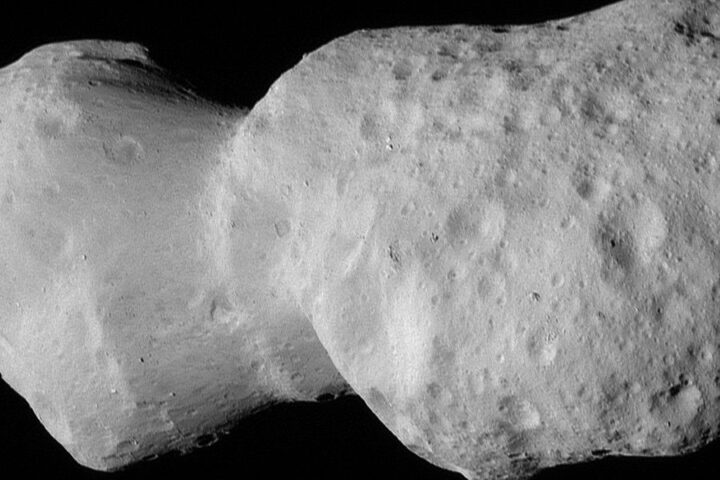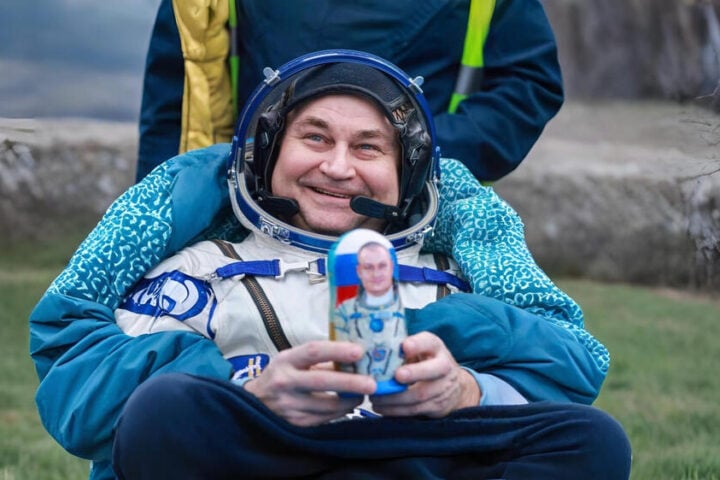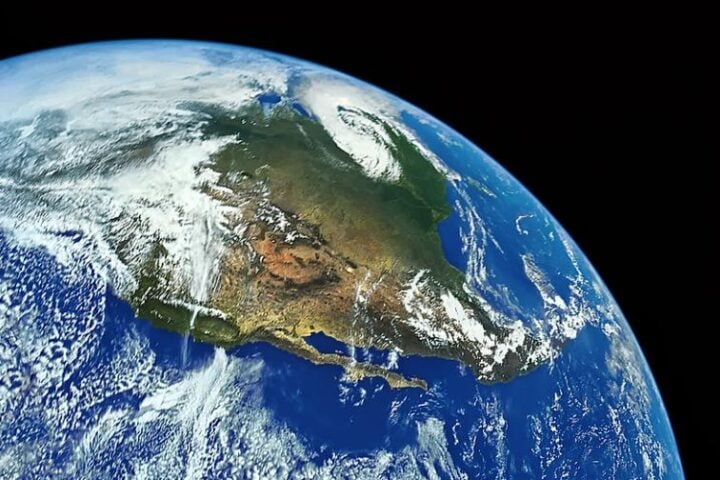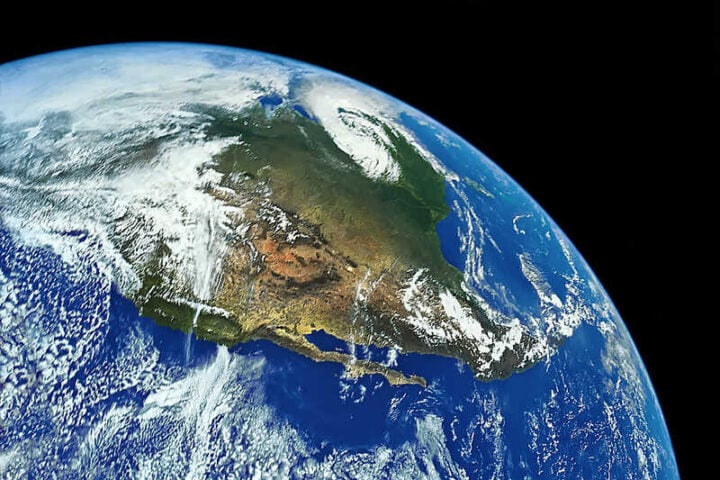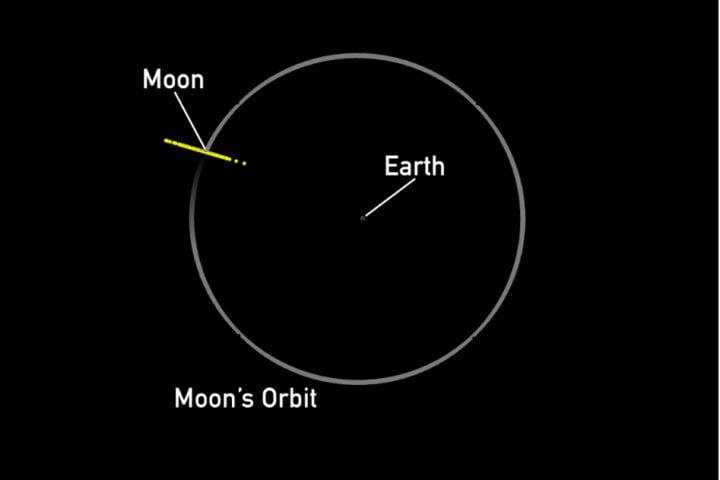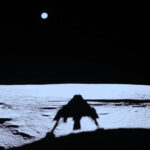The Return of Russia’s Lunar Ambitions
After a hiatus of nearly half a century, Russia has re-entered the lunar exploration scene with its Luna-25 mission. Launched on August 11 from the Vosthochny cosmodrome, this mission marks Russia’s first lunar landing attempt since 1976. The mission’s primary objective is to collect samples of moon rock and dust, vital for understanding the moon’s environment before any potential base construction.
The Luna-25 Mission: A Deep Dive
Luna-25, a project by the Russian space agency Roscosmos, is not just any lunar mission. It aims to land near the lunar south pole at the Boguslavsky crater, a location believed to hold significant deposits of water ice. The spacecraft will take approximately 5.5 days to reach the moon’s vicinity, followed by a few days of orbiting before making its descent. Interestingly, the Vostochny cosmodrome, from where Luna-25 was launched, is a significant project backed by President Vladimir Putin. It shows Russia’s goal to move its space launches from Baikonur in Kazakhstan and regain its strong position in space exploration.
Chandrayaan-3: India’s Lunar Dreams
While Russia is making headlines with Luna-25, India is not far behind with its Chandrayaan-3 mission. Launched a month before Luna-25, on July 14 from Sriharikota, Chandrayaan-3’s rover is expected to make a soft landing on the Moon on August 23. This close timeline has ignited a friendly race between the two nations, with both aiming for significant lunar milestones.
Global Congratulatory Notes
The global space community is closely watching these missionsISRO congratulated Roscosmos on social media for the successful launch of Luna-25. Such gestures highlight the camaraderie and mutual respect between space agencies, even amidst intense competition.
Similar Post
Critical Issues and Implications
While the excitement around these missions is palpable, they also raise critical questions:
Lunar South Pole Exploration: With both missions targeting the lunar south pole, what implications does this have for future moon bases and the hunt for water ice? Space Diplomacy: How will the outcomes of these missions influence space diplomacy and collaboration between countries? What new technologies will these missions introduce, and how will they impact future moon explorations?
The Luna-25 and Chandrayaan-3 missions are not just about national pride or technological prowess. They represent humanity’s collective ambition to explore, understand, and eventually inhabit other celestial bodies. As these missions unfold, they remind us of the boundless possibilities that space exploration offers and the collaborative spirit that drives it.
